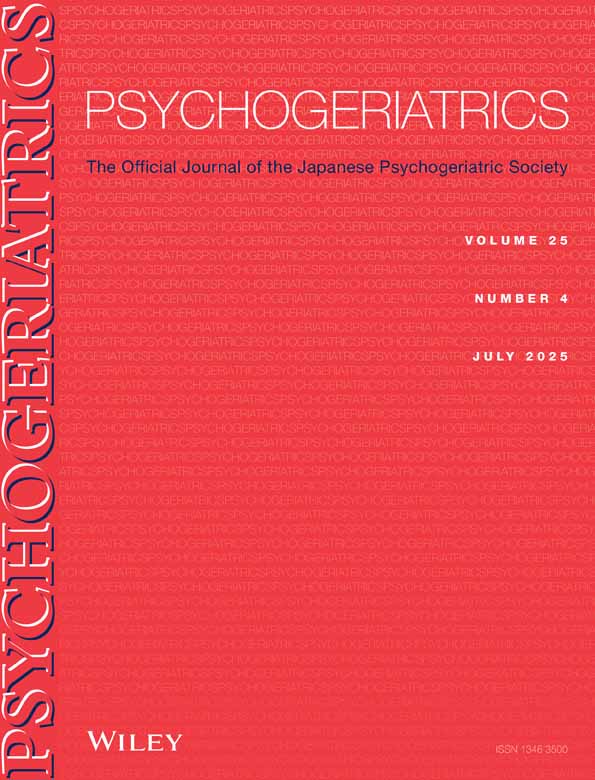Suicidal Ideation After Hip Fracture in Older Adults
Funding: This work was supported by National Institute of Mental Health (R01 MH074596, T32MH020061), Taylor Family Institute for Innovative Psychiatric Research, Washington University School of Medicine in St. Louis.
ABSTRACT
Objectives
A disabling medical event, such as a hip fracture, can cause psychological destabilisation and increase suicide risk. This study aimed to estimate incident suicide ideation (SI) within 1 year after a hip fracture and identify psychosocial predictors of SI and associations with functional recovery.
Methods
A secondary analysis was conducted with data from a longitudinal study of risk factors for late-life depression after hip fracture. Four hundred and ninety-four patients with hip fracture and without prior clinical depression, and a comparison sample of 102 healthy community-dwelling older adults, were included in analyses. Participants were interviewed with the Montgomery–Asberg Depression Rating Scale, which includes an item assessing SI at eight timepoints after hip fracture.
Results
SI was endorsed by 14.8% (73) of patients versus 5.9% (6) healthy controls during the year after hip fracture. Suicidal thoughts were commonly passive and transient. Older age (OR = 1.04) and higher perceived stress (OR = 2.07) uniquely predicted SI. Function was associated with SI immediately after the fracture and 6–12 months later.
Conclusion
Findings suggest that there are vulnerable periods for SI after a hip fracture, particularly for people who experience high stress. The relationship between SI and function is strongest 6–12 months after a fracture.
Conflicts of Interest
E.J.L. receives grant support from Janssen and consulting fees from Merck, IngenioRx, Pritikin ICR, Boehringer-Ingelheim and Prodeo. He has a patent pending for fluvoxamine in the treatment of COVID-19. The others authors declare no conflicts of interest.
Open Research
Data Availability Statement
The data that support the findings of this study are available from the corresponding author upon reasonable request.




